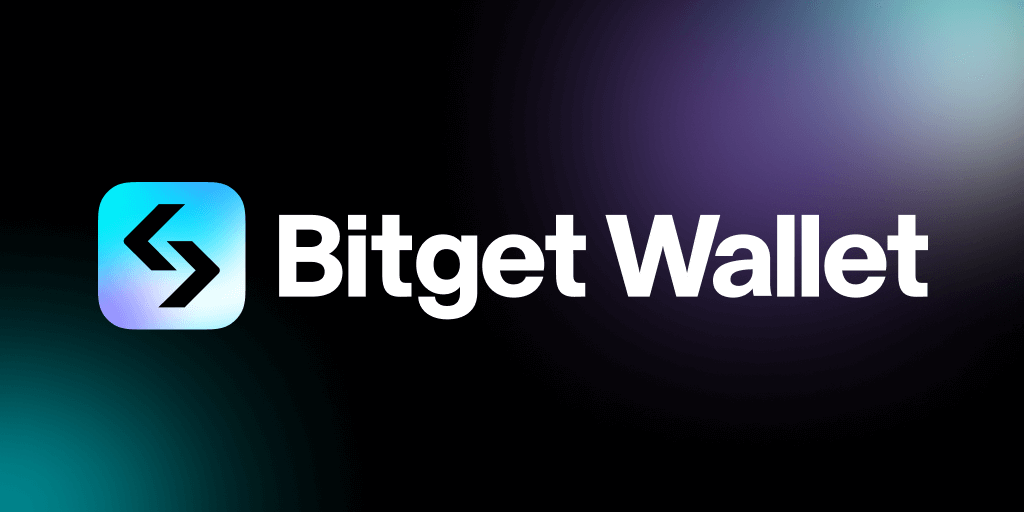19 Mar Why Staking Rewards, NFT Marketplaces, and Cross-Chain Swaps Are Shaping Crypto’s Next Wave
So, I was thinking about how quickly the crypto space keeps evolving, and man, it’s hard to keep up sometimes. At first glance, staking rewards just look like passive income, right? But then you realize there’s a whole ecosystem growing around it, especially when you throw NFTs and cross-chain swaps into the mix. Seriously, it’s like watching a puzzle come together—but the pieces keep changing shape.
Okay, here’s the thing: staking isn’t just about locking coins anymore. It’s becoming a gateway to deeper DeFi experiences, especially when integrated with NFT marketplaces and multi-chain interoperability. But before diving into that rabbit hole, let me tell you why my gut said this trend isn’t just hype.
Initially, I thought staking was a one-trick pony—just lock your tokens, earn some rewards, wait it out. But then I stumbled upon platforms that combine staking incentives with NFT ownership perks and cross-chain flexibility, which complicates things in a good way. This intersection is where real innovation is happening. My instinct said, “Hold on, something big is brewing beneath the surface.”
Now, I’m not 100% sure if every project will nail the execution, though. There’s a lot of noise, scams, and half-baked ideas. Still, the genuine players are building tools that feel like they could flip traditional finance on its head.
Really? Yeah, really. And if you’re into multi-chain DeFi, you’ve probably noticed the friction when swapping assets across different blockchains. Cross-chain swaps are trying to solve that, and some wallets are stepping up big time.

Check this out—wallets like bitget are integrating staking and NFT functionalities with seamless cross-chain swaps. That’s not trivial. It means users can stake tokens to earn rewards, trade NFTs, and move assets across chains without hopping between apps or waiting forever.
Staking Rewards: More Than Just Passive Income
At first, staking felt like a boring chore to me—lock some tokens, watch your balance grow slowly. But here’s the catch: the best staking models now reward you beyond just interest. Some projects tie staking to governance rights, exclusive NFT drops, or even access to new DeFi products.
For example, certain protocols reward stakers with NFTs that grant special privileges or are tradable themselves. This creates a loop where staking isn’t just about holding tokens—it’s about engaging with a broader community and ecosystem.
On one hand, this sounds like a clever way to gamify finance, which could be risky. Though actually, if done right, it encourages long-term commitment and adds real utility to staked assets. (Oh, and by the way, not all projects nail that balance.)
Here’s what bugs me about some staking platforms: they promise sky-high yields but ignore the tokenomics and sustainability. You can end up with rewards that look great on paper but crash the token’s value. So, yeah, always dig deep before jumping in.
Still, the evolution is exciting. Staking is becoming a portal to richer experiences, especially when combined with NFTs and multi-chain access.
NFT Marketplaces: The New Frontier for Stakers and Traders
NFTs exploded last year, and while some of that frenzy cooled off, the underlying tech keeps gaining traction. What’s fascinating is how NFT marketplaces are merging with staking and DeFi functions.
Imagine staking your tokens to earn rewards that unlock rare NFTs or trading NFTs that represent staked positions or liquidity pool shares. This blurs the line between collectibles and financial instruments.
My first impression was skepticism—NFTs seemed gimmicky. But then I realized many projects are building NFTs that represent real economic value, like fractional ownership or even cross-chain assets.
Plus, marketplaces are evolving. Instead of isolated platforms, we now have multi-chain NFT hubs where you can buy, sell, and stake NFTs across different blockchains seamlessly. This development is a game-changer for traders tired of fragmented experiences.
That’s why I keep an eye on wallets that support these features natively. Having your staking rewards, NFT collection, and cross-chain swaps all in one place is a huge UX win.
Cross-Chain Swaps: Breaking Down Barriers
Okay, so cross-chain swaps have been the holy grail for DeFi users wanting to move assets between blockchains without friction. But seriously, it’s still a work in progress.
Initially, I thought bridges and swaps were mature enough. But the reality? Gas fees, security risks, and slow confirmations still make cross-chain activity clunky. Plus, the user interfaces often feel like they were designed by engineers, not everyday users.
What’s changing is the rise of wallets and platforms that bundle these functions with staking and NFTs. That means you don’t need separate apps or complicated steps to get your assets where they need to be.
For example, bitget wallet supports seamless cross-chain swaps integrated with staking and NFT management. That’s a big deal because it reduces onboarding friction and lets users focus on strategy, not technical hurdles.
Still, remember that cross-chain tech is evolving fast, and not every swap will be instant or cost-effective. So patience and caution remain key.
What’s Next? A More Unified Crypto Experience
Putting it all together, staking rewards, NFT marketplaces, and cross-chain swaps are no longer isolated features; they’re converging into a unified DeFi ecosystem. This trend is driven by user demand for convenience, security, and richer financial products.
But here’s the kicker: not every project will get it right. Some will overpromise and underdeliver. Others might compromise security for speed or flashy features. (Yeah, that’s a real concern.)
What I’m really rooting for is wallets and platforms that balance innovation with usability and safety. Tools like bitget seem to be heading that way, integrating staking, NFT trading, and cross-chain swaps in a single interface without making users jump through hoops.
It’s exciting yet kinda messy, like watching a frontier town grow with some wild characters and lots of opportunities. I’m curious how this space will tidy up—or if it even should.
Anyway, if you’re dabbling in DeFi across chains, keeping an eye on these developments is essential. Because the future is not just about holding coins—it’s about active participation in an interconnected ecosystem that rewards more than just patience.
Quick FAQs on Staking, NFTs, and Cross-Chain Swaps
Can staking rewards really include NFTs?
Yes! Some projects reward stakers with NFTs that offer perks like governance voting or exclusive access, blending finance with collectibles.
Are cross-chain swaps safe?
They’ve improved, but risks remain due to bridge exploits and network congestion. Using trusted wallets with integrated swaps, like bitget, can reduce some risks.
Do I need multiple wallets for staking, NFTs, and swaps?
Not necessarily. Some wallets now support all these functions natively, making your crypto life much simpler.



Sorry, the comment form is closed at this time.